BY JEANNE GILLIAM FAIN ON BEHALF OF THE NCBLA 2021 COMMITTEEThe NCBLA 2021 committee has the following charge as a committee:
The charge of the seven-member national committee is to select 30 books that best exemplify the criteria established for the Notables Award. Books considered for this annual list are works of fiction, nonfiction, and poetry written for children, grades K-8. The books selected for the list must meet the following criteria: 1. be published the year preceding the award year (i.e. books published in 2021 are considered for the 2020 list); 2. have an appealing format; 3. be of enduring quality; 4. meet generally accepted criteria of quality for the genre in which they are written; 5. meet one or more of the following criteria:
Books transport us into new places and sometimes take us out of the craziness of the world. This was one of those years where we experienced unexpected challenges. I led this committee as we navigated some of the real challenges of the pandemic. To be perfectly honest, in September when we didn’t have the normal number of books, I panicked. I am truly thankful for this thoughtful committee that continually encouraged me to keep going as I contacted publishers in hopes of obtaining more physical copies of books. Many publishers returned from turbulent times and physical copies of books were difficult to obtain. However, as a committee member, it’s just easier to dig deeper with a text when you have a physical copy in front of you. Thankfully, publishers started returning to sending physical copies of books at the end of January and in February. We continue to be so thankful for the support many publishers extended to us as they worked diligently to send our committee books. However, that meant, that we had to read on a rigorous schedule and we often had to meet more than twice a month in order to have critical conversations around the literature. Here’s a figure that highlights our process as a committee: Recurrent Themes from the 2021 NCBLA List
Some of the 2021 NCBLA Books We invite you to see the power of literature across our 2021 NCBLA Book List!Jeanne Gilliam Fain is s a professor at Lipscomb University in Nashville, Tennessee and Chair of the 2021 Notables Committee.
2021 Notable Children's Books in the Language Arts Selection Committee Members
An Inquiry of the Outdoors: Contemporary Children’s Picture Books that Feature the Outdoors3/25/2021
BY KATHRYN CAPRINOHow are humans and the outdoors connected? This inquiry question has been answered more acutely for some during COVID. Whereas I am grateful that I could spend time outside daily during quarantine, taking walks with my little boy and rekindling my passion for running, I know many others - for a myriad reasons - were trapped indoors. In this post, I share three contemporary children’s picture books that will help young readers answer the inquiry question: How are humans and the outdoors connected? After sharing brief summaries of each text, I provide a few lesson ideas.
Whereas COVID is not mentioned explicitly, the narrator reveals that there was a time when most people went inside. Sharing that humans made the best of their challenging months inside, the text leaves readers with hope of reconnecting with others outside - but not before emphasizing that even though we are all different on the outside, we are all the same on the inside. Echoes of the idea that humans need to be outside seen in Outside In are also seen in Outside, Inside, and this idea that we are all united by something much greater than ourselves links with Swashby and the Sea. Sharing the Books with StudentsBefore sharing these three texts with students, pose the inquiry question How are humans and the outdoors connected? Invite them to share the ways in which they feel connected to the outdoors via discussions, written responses, or pictures. Next, read the texts to students, providing opportunities for during-text discussions and post-text answering of the inquiry question. Ask students to reveal how each text confirms or alters their previous responses. After reading all three texts, ask students to draw, write, or discuss their response to the inquiry question, using their personal experiences and what they thought about as a result of the three picture books. Finally, have students engage in an activity that helps them engage with the inquiry question How are humans and the outdoors connected? in personal ways. They may want to create a project that helps keep the outdoors a hospitable place for humans. They might write to the town mayor to share some ideas on roadside trash collection, for example. Other students may pursue a more personal project, such as a drawn or written memoir or children’s picture book about their experiences with being inside and outside throughout the past year. Perhaps the best lesson idea I have, however, is to let these texts inspire you and your students to go outside. Take an awe walk to find inspiring objects and return to the classroom to discuss or write about them. Set up an observation log in your classroom so students can track what they noticed about the outdoors. Let students draw or paint the outdoors. Or even better yet, truly be outside with them - not outside but really inside as Outside In warns - and play with them. It is my hope that these three contemporary books that provide the opportunity for us to engage in an inquiry of the outdoors inspire us all to move and think and be outside just a bit more. Kathryn Caprino is a CLA member, on the Editorial Board of the Journal of Children’s Literature, a blogger at katiereviewsbooks.wordpress.com, and an Assistant Professor of PK-12 New Literacies at Elizabethtown College in Pennsylvania. You can follow her on Twitter @KCapLiteracy. BY DONNA SABIS-BURNS
We are obligated to educate our youth with a clear lens and to teach the richness of realistic, authentic, and contemporary literature for children and young adults. We need to promote books where Indigenous characters are up front and visible, not hidden or pushed aside. We want to highlight in a bold, distinguishable manner characters and stories that unveil and promote the beauty of diverse literature written/illustrated by and for Native Nations (also called Indigenous people and used interchangeably here when the specific Nation is not known), and all other marginalized groups.
The movements of #OwnVoices and #WeNeedDiverseBooks have elevated the bar by offering a deeper focus and expanded landscape for celebrating the intricacies that Native storytelling brings to the table. Much too often, books featuring Indigenous people are only pulled off the shelf in October (Columbus) and November (Thanksgiving/Native Heritage Month). Well, it is March/April and I am pleased to share with you some resources you may want to check out and bookmark this spring to break that cycle. This blog post features a few rich and informative web pages, the American Indian Literature Awards (AILA), a shout out to an award-winning #OwnVoices book, and other informative and fun resources that highlight the resilience, authenticity, and beauty in literature through a kaleidoscope of traditions representative of the vast diversity across Indian Country. Native Cultural LinksHeartdrum
What is impressive about this site is its refreshing approach to much-needed stories about Indigenous, contemporary young heroes and heroines. These heartfelt accounts are reflective of the many different Nations of a modern United States and Canada. This is a breath of fresh air because it does not perpetuate the notion that Indigenous peoples are not around anymore. Do not get me wrong, there is a definite need for authentic, truthful history stories of Native Nations, but it is truly wonderful to be able to share a good story about real time people in real time situations in a modern setting. This is a new resource that is just getting off the ground and it already has some exquisite stories to share with you.
Oyate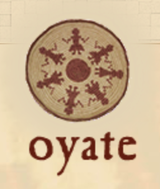
Oyate.org is a small but mighty Indigenous organization working to share the life and histories of Indigenous people with the utmost level of honesty and integrity. This is a resource that serves as a portal into the past and is reflective of today’s society where diverse, #ownvoices books are most necessary. Oyate, appropriately named after the Dakota word for “people,” believes that the world is a healthier place when there is a better understanding and respect for one another and when history is truthfully acknowledged. They aim to distribute literature and learning materials by Indigenous authors and illustrators, provide critical evaluation of books and curricula with Indigenous themes, and offer workshops “Teaching Respect for Native Peoples.” They also have a small resource center and reference library that can be very useful for any educator or parent (or youth for that matter). Since the pandemic, the store portion of the site is temporarily not working at full capacity, but there are many other fine choices for you to peruse and enjoy.
American Indians in Children’s Literature 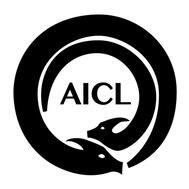
We cannot mention websites about literature featuring Indigenous people without showcasing the American Indians in Literature (AICL) website. Established by Dr. Debbie Reese of Nambé Pueblo, and later joined by Dr. Jean Mendoza as co-editor, the AICL website provides a critical analysis of the presence of Indigenous peoples in children's and young adult books and so much more. This website is like walking into a bakery with so many wonderful choices it is hard to decide what to try first. It has been around for 15 years and is most certainly more than just a place to find a list of best books. You can discover Indigenous authors and illustrators in the Photo Gallery section, or maybe you’d rather learn tips for creating instructional materials featuring different Native nations. You can even research what books you should NOT be sharing out there. It is really a gem of a resource.
Book Award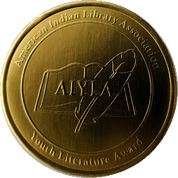
AILA Youth Literature Award
Did you know there is an award specifically for literature featuring Indigenous people? Since 2006, the American Indian Library Association (AILA) biennially considers the finest writing and illustrations by Indigenous peoples of North America for the AILA Youth Literature Award. AILA identifies and honors works that “present Indigenous North American peoples in the fullness of their humanity.” Winners and Honor Books are selected in the categories: Best Picture Book, Best Middle Grade Book, and Best Young Adult Book. If you ever need a resource for choosing quality literature, make sure you visit the American Indian Youth Literature Award web page. For those not familiar with this organization, AILA is an affiliate of the American Library Association and it is devoted to disseminating information about Indigenous cultures and languages to the library community and beyond. Check out the video for the 2020 Award winners. Did you know?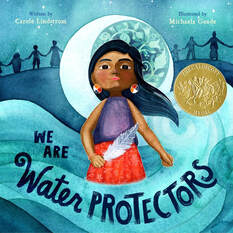
Caldecott Winner
Congratulations to illustrator Michaela Goade (Tlingit) for her 2021 Caldecott Award winning book, We are Water Protectors (2020), authored by Carole Lindstrom (Turtle Mountain Band of Ojibwe). Goade is the very first Indigenous winner of this prestigious award. With Earth Day around the corner, this would be a fabulous book to share. There is even a We are Water Protectors Activity Kit!
Read Native 2021 Reading Challenge
The “American Indian Library Association invites you to participate in the inaugural reading challenge. With this challenge we support and recognize our Indigenous authors, scientists, legislators, storytellers, and creators throughout the year, not just during the national Native American Heritage month.” Here is a fun reading challenge to engage readers of all ages. Final Words
Throughout the year, find and read books and publications by and about Native Americans; visit tribal websites; search peer reviewed scholarly journals; visit Native-owned bookstores; and check with Native librarians for the best sources for learning more about Native Nations and Indigenous people around the world.
Donna Sabis-Burns, Ph.D., an enrolled citizen of the Upper Mohawk-Turtle Clan, is a Group Leader in the Office of Indian Education at the U.S. Department of Education* in Washington, D.C. She is a Board Member (2020-2022) with the Children's Literature Assembly, Co-Chair of the 2021 CLA Breakfast meeting (NCTE), and Co-Chair of the Diversity, Equity and Inclusivity Committee at CLA.
*The views expressed herein do not necessarily represent the positions or policies of the U.S. Department of Education. No official endorsement by the U.S. Department of Education of any product, commodity, service, or enterprise mentioned herein is intended or should be inferred.
BY JENNIFER SANDERS & COURTNEY SHIMEK, ON BEHALF OF THE BIOGRAPHY CLEARINGHOUSE 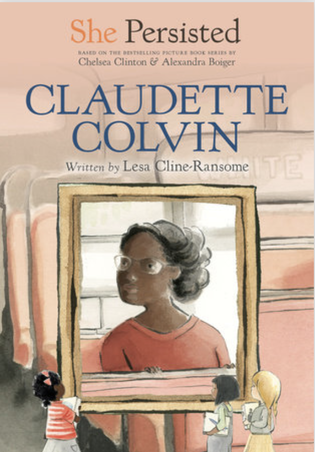 Many people have heard of Rosa Parks’ role in the Montgomery Bus Boycott, but few know that Claudette Colvin resisted bus segregation months before. Lesa Cline-Ransome’s new biography, She Persisted: Claudette Colvin, published by Penguin Random House, highlights 15 year-old Claudette’s role in the civil rights movement of the 1950s. Influenced by her teachers’ lessons on Black history, Claudette was armed with the courage of knowledge when she defied a bus driver’s order to move for a white passenger. When Claudette recalled that moment, she said, “Harriet Tubman’s hands were pushing down on one shoulder and Sojourner Truth’s hands were pushing down on the other shoulder… I couldn’t move” (Cline-Ransome, 2021, p.26). Claudette’s frustration about the injustices she witnessed in her life, including the loss of her younger sister to polio, spurred her actions that brought “the revolution to Montgomery” (2021, p.31). Cline-Ransome highlights these frustrations and mirrors Claudette’s curious, inquisitive nature by employing a question and answer secondary text structure throughout the biography. Cline-Ransome’s transitional chapter book about Claudette Colvin is currently featured on The Biography Clearinghouse . The crafted teaching guide includes information about three other women who resisted segregated bus policies before Rosa Parks and took the fight to federal court in the 1956 case Browder vs. Gayle. This book debunks historical myths and tells a fuller, more inclusive history of the individual and collective actions of people of color fighting oppression. Two of the plaintiffs in that court case were teenagers: Claudette Colvin was 15, and Mary Louise Smith was 18. In our interview, Lesa Cline-Ransome noted the connection between these young women’s activism and today’s young people serving as leaders of environmental and civil rights movements. This book can serve as a springboard for exploring present-day youth social activism with students. Operating within the Investigate, Explore, and Create Model of the Biography Clearinghouse, we designed teaching ideas to accompany She Persisted: Claudette Colvin.
Create |
If you have 1-2 hours... |
If you have 1-2 days... |
If you have 1-2 weeks... |
After reading She Persisted: Claudette Colvin, have students do a quick write about the Montgomery Bus Boycott. Ask them to generate questions they still have about the movement or these events in history. As a whole group, create an anchor chart of students’ questions. |
Jigsaw: Group 1: Put students into 4-6 groups (group A, B, C, etc.) and have them select one text from the set above. Give each group time to read their text, select important information, and look for answers to their personal questions (from the 1-2 hours activity). Group 2: Regroup the students with one person from each original group in each new group (i.e., one student from A, B, and C, etc.). Each student shares what they learned from the text they read with their first group. Have each group select one question they want to explore about the event and try to answer during this group share. Debrief with the whole class about what they learned. |
Using Cline-Ransome’s writing as a mentor, create a shared book that includes questions students asked and answers they found during the jigsaw. Students can title each chapter with the question, like Cline-Ransome did in She Persisted: Claudette Colvin, and have students answer that question in that section. “Publish” this book and display it for visitors to read and/or place in your classroom library. |
|
To see more classroom possibilities and helpful resources connected to She Persisted: Claudete Colvin, visit our Book Entry at The Biography Clearinghouse. Additionally, we’d love to hear how the interview and these ideas inspired you. Email us at [email protected] with your connections, creations, questions. Citation
Kristo, J. V., & Bamford, R. A. (2004). Nonfiction in focus: A comprehensive framework for helping students become independent readers and writers of nonfiction, K-6. Scholastic Professional Books.
|
Courtney Shimek is an Assistant Professor in the department of Curriculum & Instruction/Literacy Studies at West Virginia University. She has been a CLA member since 2015.
BY JENNIFER M. GRAFF AND BETTIE PARSONS BARGER
As mentioned in Wendy Stephens’ overview of youth literature awards and described by USBBY President, Evie Freeman, the OIB list provides readers of all ages--especially educators and readers in grades PreK-12--a collection of 40-42 books originally published outside of the United States (U.S.) that are now available in the U.S. These books, selected by a committee of teachers, librarians, children’s literature and literacy education teacher educators and scholars, connect us to noteworthy international authors and illustrators who seek to entertain, inform, challenge, delight, stimulate, and unite people through story.
|
Books that
See the USBBY website for additional content and presentation considerations. |
Engaging with the 2021 OIB List: A Geographical Map and Themed Text Sets
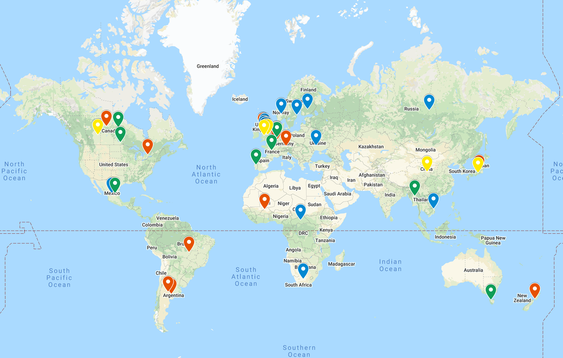
Each OIB list has its own interactive Google Map, illustrating the international communities represented by the selected books. Using the color-coded pins on the world map or the left sidebar, select a book to zoom in on its location. Additional uses of the maps include critical analyses and discussions about dominant/absent voices, cultural representations, and equity on a global scale.
The 2021 OIB books also fit within text sets conducive to interdisciplinary and socioemotional learning as well as differentiated instruction. The table below includes the 35 OIB titles identified for PreK-8 grades organized into five themes. While each book is mentioned once, many could fit into multiple themes. The variety of genres, formats, and cultural origins reminds us that storytelling and humanity have no borders and amplifies the connections and intersections of self and society. Visit the USBBY OIB website or the February issue of the School Library Journal for all of the book annotations.
Themes |
2021 Outstanding International Books (PreK-8)
(Book covers are organized by younger-to-older audience gradation.)
|
|
Hearing Additional Voices from Conflicts and War
As access to information increases, so does access to stories that present multiple voices. These titles include stories of conflict, longing, loss, love, and perseverance. Sharing the experiences of a war-torn country, conflict, or persecution, these texts inform readers on living in refugee internment camps, changing identities to avoid capture, peacefully resisting becoming a soldier, and leaving families behind - never to see them again. Each book enables readers to develop a greater sense of empathy and understanding of the impact war and conflict have on people. |
Countries represented: Canada, France, Mexico, Myanmar, United Kingdom, Vietnam
|
|
Embarking on Explorations with Unexpected Twists
In each of these treasures, readers will be encouraged to explore the story world, whether drifting along a river, wandering along a vast ocean, traveling through a time of magic, or becoming spellbound by music. In these journeys, readers will delight in the unexpected - a plot twist or character development that makes them pause, evaluate, or wonder. |
Countries represented: Australia, Belgium, Canada, Netherlands, Russia, United Kingdom
|
|
Highlighting Our Everyday Lives
This collection of fun-filled, whimsical books reminds us of how quickly everyday moments can become joyful adventures no matter where you live! Catching chickens in West Africa, taking an elevator ride in Argentina, peering out from your window in Brazil, learning to make the perfect cannonball splash in New Zealand, contemplating the future in Japan, enjoying a great traditional tale about courage and forgiveness in India--among other stories about life’s ups and downs--remind us of the beauty of living in the moment, especially when you are with people you love. |
Countries represented: Argentina, Brazil, Japan, New Zealand, United Kingdom, West Africa
|
|
Developing Empathy, Connection, and Resilience through Loss and Hope
While originating from different circumstances (e.g., divorce, death, birth, long- and short-term separations, dementia, etc.), the partnership of loss and hope in this collection contributes to our ability to empathize, connect, and persevere. These five picturebooks and one novel offer sensitive, realistic, and accessible portraits of love, loss, grief, and everlasting hope, all undergirded by faith. |
Countries represented: Argentina, Belgium, Canada, Central African Republic, France, Sweden, South Africa
|
|
Piquing Curiosities with STEAM
These books are fantastic for exploring the interconnectedness of Science, Technology, Engineering, the Arts, and Mathematics (STEAM). Readers will learn about animals, the relationships numbers have with the everyday world, the science of sound, or the invasion of plastic in the world’s oceans. All of these books evoke curiosity and leave readers thinking about their everyday interactions with the topics. |
Countries represented: Finland, Norway, Portugal, Ukraine
|
Rochman, H., & McCampbell, D. Z. (1997). Leaving home. HarperCollins
Children’s Literature References
The OIB 2021 Bookmark has bibliographic information for the aforementioned books.
Bettie Parsons Barger is an Associate Professor in the Department of Curriculum and Pedagogy at Winthrop University and has been a CLA Member for 10+ years.
BY CYNTHIA ALANIZ AND APRIL BEDFORD, AWARDS COMMITTEE CHAIRS
Children’s Literature Assembly Research Award
| First, applications for the Children’s Literature Assembly Research Award are open to any current CLA members (excluding elected board members and officers). Projects using any type of research methodology will be considered just as long as the focus of the project is related to the field of children’s literature. This award provides grants of $1,000 for original research projects addressing significant questions to the field of children’s literature, and up to two grants may be awarded annually if funds are available. So if you have a great idea for a research project, and you could use some financial assistance to bring that idea to fruition, please consider applying for the CLA Research Award. You may find more information and the application on the CLA Research Award page. Also on the website, check out the projects of previous award recipients. If you have any further questions, please email the award committee chair, April Bedford, at [email protected]. Completed applications are due no later than July 1, 2021. Children’s Literature Assembly Early Career Award This year, we will also be selecting a recipient for the Children’s Literature Assembly Early Career Award, awarded every other year to an early career individual who shows extraordinary promise as a researcher and leader in the field of children’s literature. Nominees must have been CLA members for at least one year and must have completed a doctoral degree no more than seven years prior to the nomination date. Applicants may self-nominate or be nominated by another CLA member. Additional details about the award, including the nomination and application materials may be found on the CLA Early Career Award page, where you may also learn more about the 2017 and 2019 CLA Early Career Award recipients. For more information, please contact the award committee chair, Cynthia Alaniz, at [email protected]. Completed applications for this award are also due no later than July 1, 2021. Please consider nominating yourself or a colleague with great potential to make important contributions to our field. |
April Bedford is is the Dean of the School of Education at Brooklyn College and a CLA board member. She has been involved in CLA for over two decades and considers it her professional home.
Authors:
CLA Members
Supporting PreK-12 and university teachers as they share children’s literature with their students in all classroom contexts.
The opinions and ideas posted in the individual entries are those of the individual authors and do not necessarily reflect the opinions or views of CLA or the Blog Editors.
Blog Editors
contribute to the blog
If you are a current CLA member and you would like to contribute a post to the CLA Blog, please read the Instructions to Authors and email co-editor Liz Thackeray Nelson with your idea.
Archives
May 2024
April 2024
March 2024
February 2024
January 2024
December 2023
November 2023
October 2023
September 2023
August 2023
May 2023
April 2023
March 2023
December 2022
November 2022
October 2022
September 2022
August 2022
June 2022
May 2022
April 2022
March 2022
February 2022
January 2022
December 2021
November 2021
October 2021
September 2021
August 2021
June 2021
May 2021
April 2021
March 2021
February 2021
January 2021
December 2020
November 2020
October 2020
September 2020
August 2020
June 2020
May 2020
April 2020
March 2020
Categories
All
Activism
Advocacy
African American Literature
Agency
All Grades
American Indian
Antiracism
Art
Asian American
Authors
Award Books
Awards
Back To School
Barbara Kiefer
Biography
Black Culture
Black Freedom Movement
Bonnie Campbell Hill Award
Book Bans
Book Challenges
Book Discussion Guides
Censorship
Chapter Books
Children's Literature
Civil Rights Movement
CLA Auction
CLA Breakfast
CLA Expert Class
Classroom Ideas
Collaboration
Comprehension Strategies
Contemporary Realistic Fiction
COVID
Creativity
Creativity Sponsors
Critical Literacy
Crossover Literature
Cultural Relevance
Culture
Current Events
Digital Literacy
Disciplinary Literacy
Distance Learning
Diverse Books
Diversity
Early Chapter Books
Emergent Bilinguals
Endowment
Family Literacy
First Week Books
First Week Of School
Garden
Global Children’s And Adolescent Literature
Global Children’s And Adolescent Literature
Global Literature
Graduate
Graduate School
Graphic Novel
High School
Historical Fiction
Holocaust
Identity
Illustrators
Indigenous
Indigenous Stories
Innovators
Intercultural Understanding
Intermediate Grades
International Children's Literature
Journal Of Children's Literature
Language Arts
Language Learners
LCBTQ+ Books
Librarians
Literacy Leadership
#MeToo Movement
Middle Grade Literature
Middle Grades
Middle School
Mindfulness
Multiliteracies
Museum
Native Americans
Nature
NCBLA List
NCTE
NCTE 2023
Neurodiversity
Nonfiction Books
Notables
Nurturing Lifelong Readers
Outside
#OwnVoices
Picturebooks
Picture Books
Poetic Picturebooks
Poetry
Preschool
Primary Grades
Primary Sources
Professional Resources
Reading Engagement
Research
Science
Science Fiction
Self-selected Texts
Small Publishers And Imprints
Social Justice
Social Media
Social Studies
Sports Books
STEAM
STEM
Storytelling
Summer Camps
Summer Programs
Teacher
Teaching Reading
Teaching Resources
Teaching Writing
Text Sets
The Arts
Tradition
Translanguaging
Trauma
Tribute
Ukraine
Undergraduate
Using Technology
Verse Novels
Virtual Library
Vivian Yenika-Agbaw Student Conference Grant
Vocabulary
War
#WeNeedDiverseBooks
YA Lit
Young Adult Literature

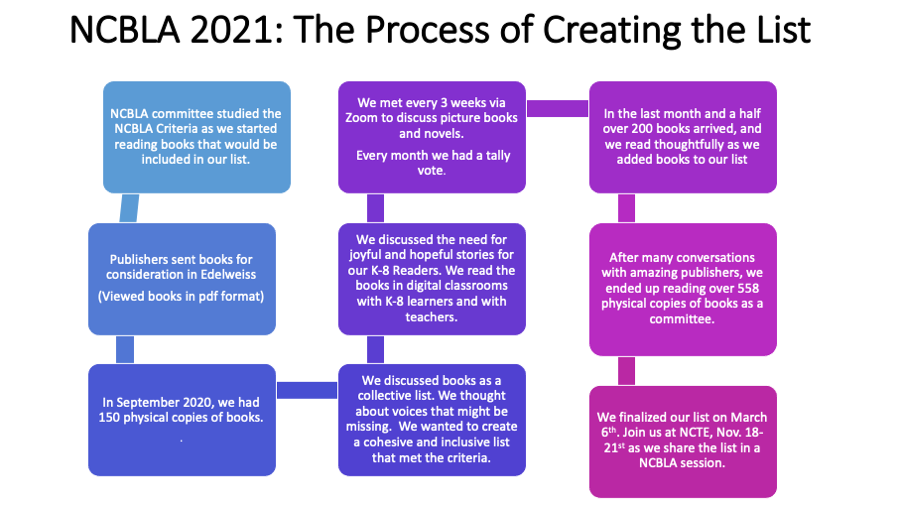
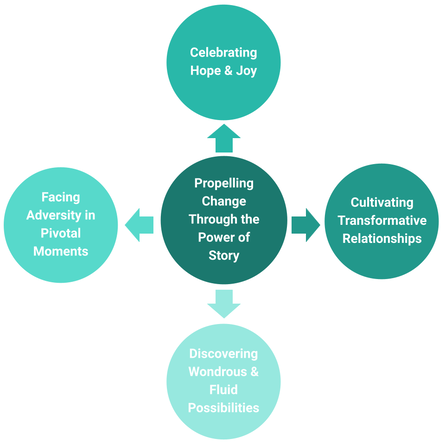
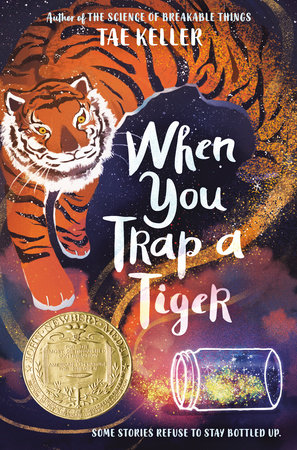
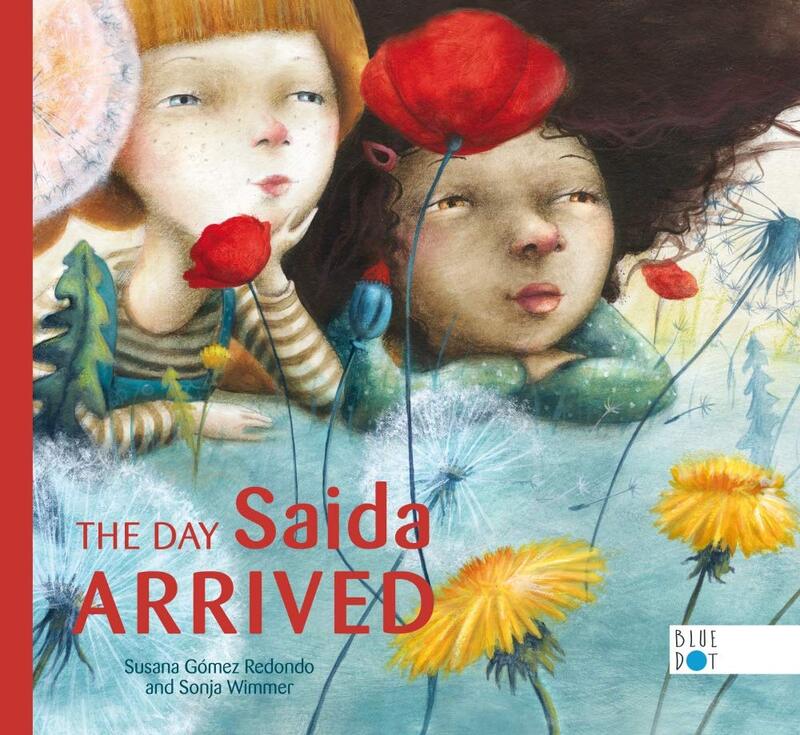
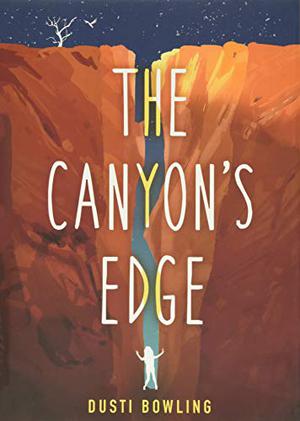
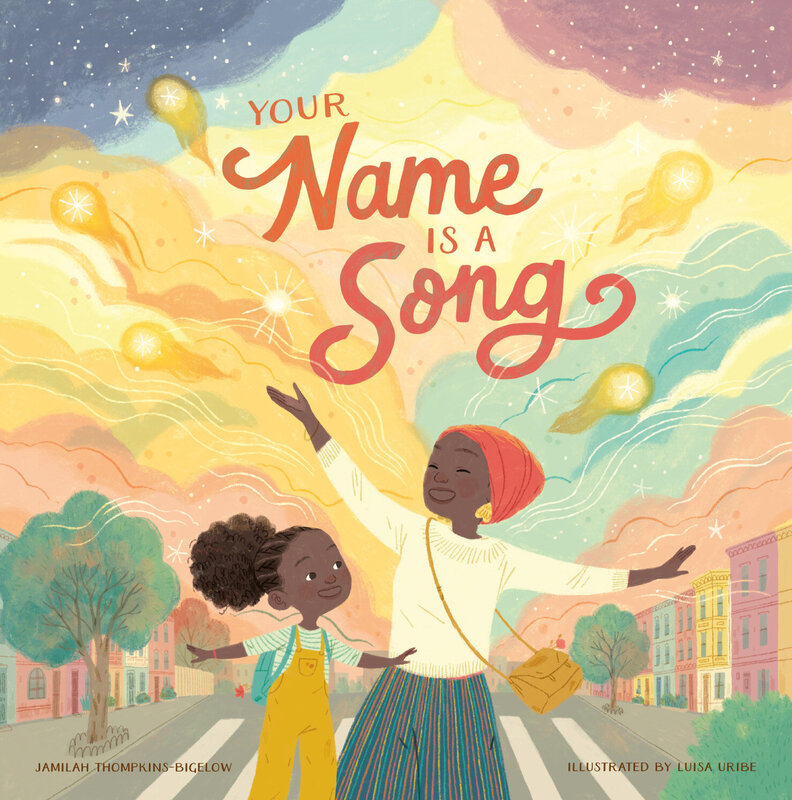
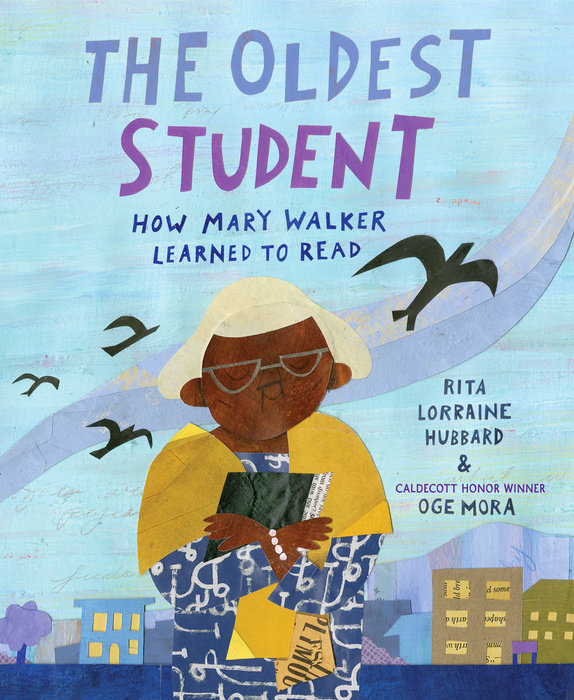
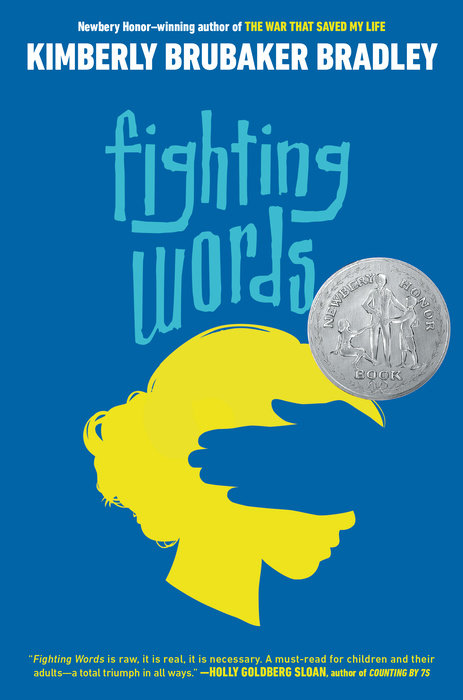
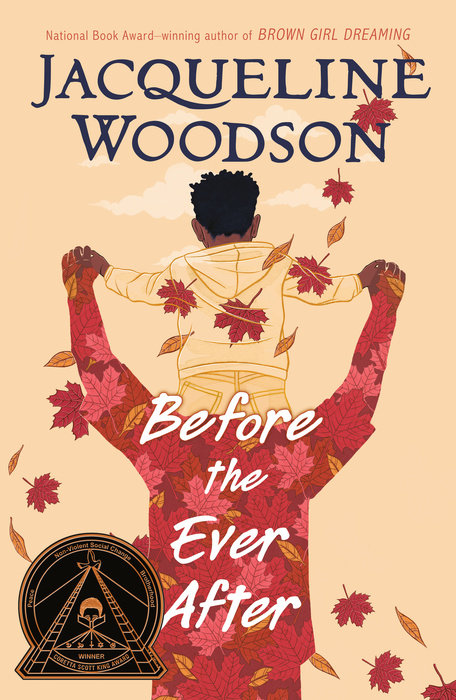
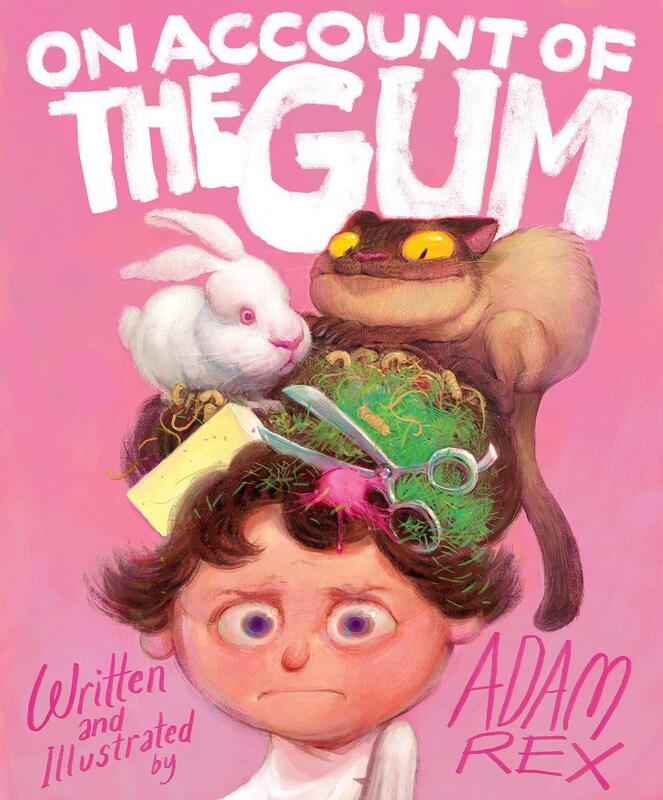
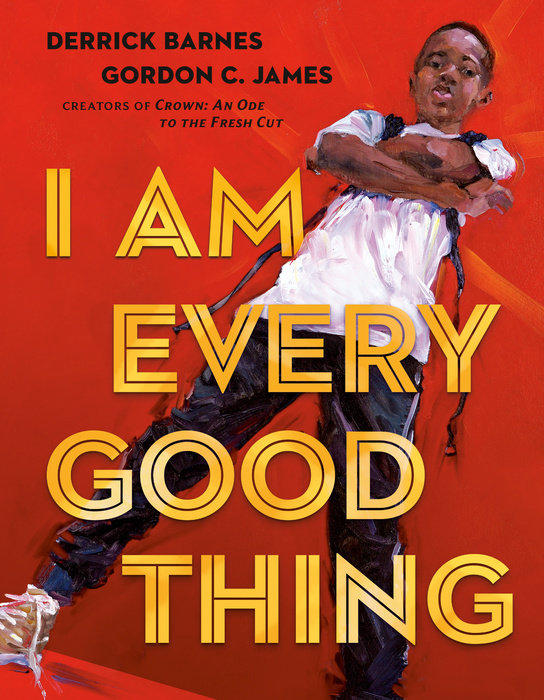
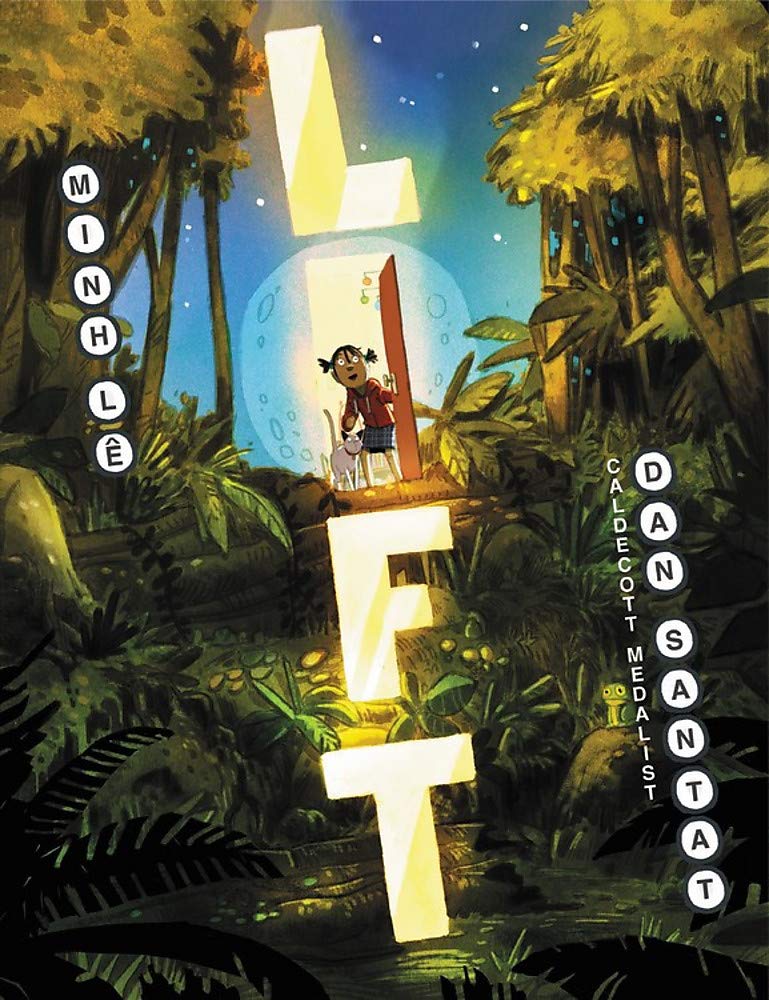
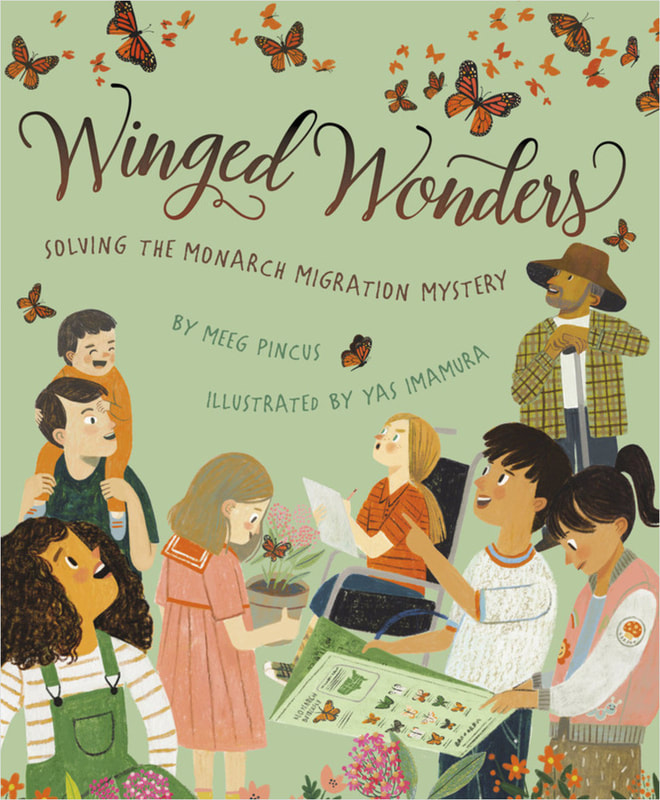
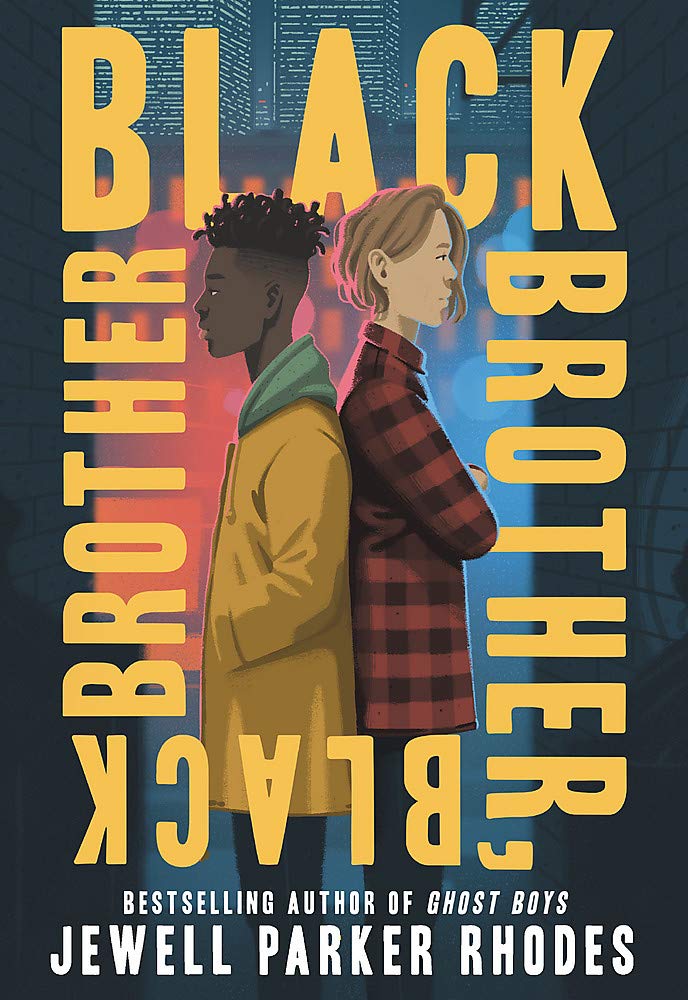
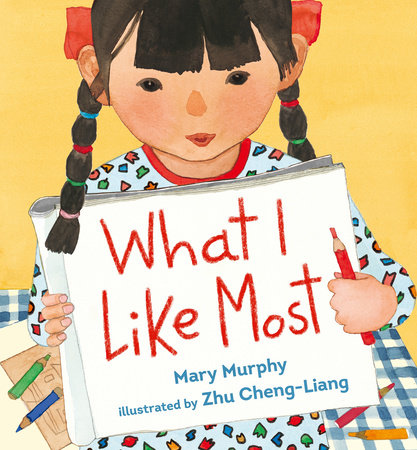
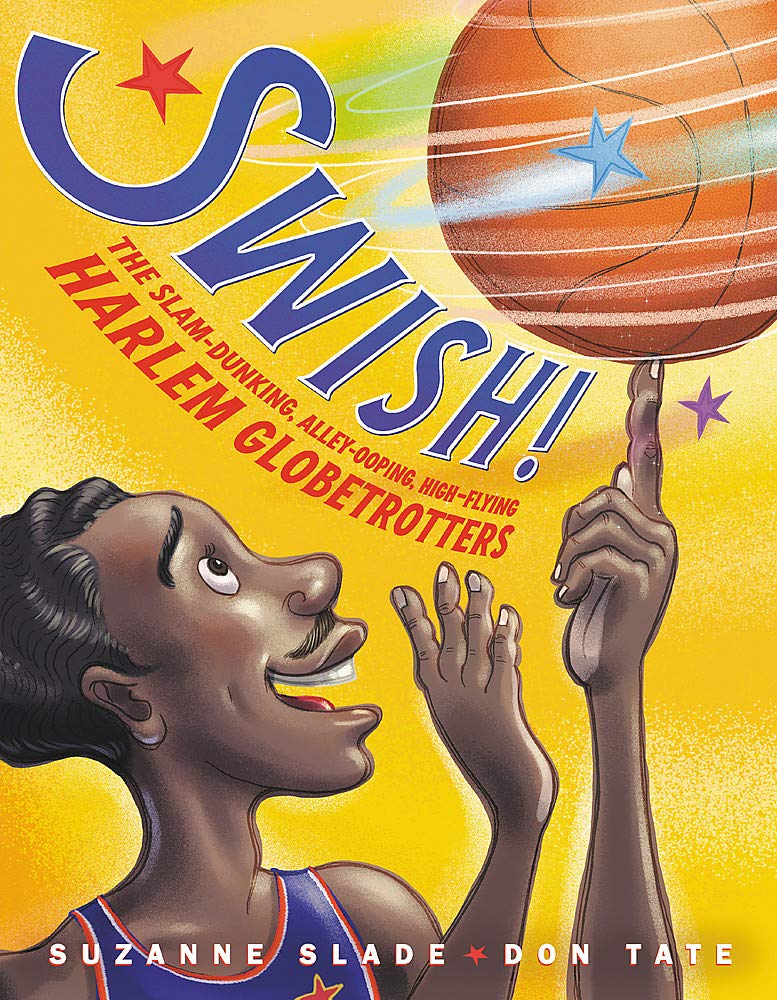
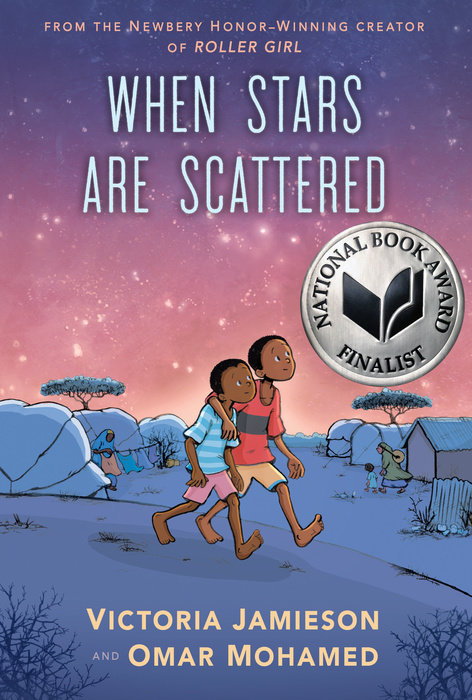
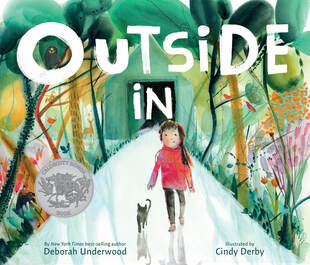
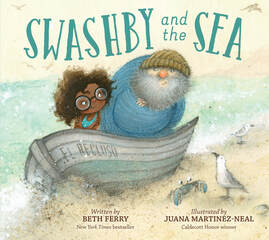
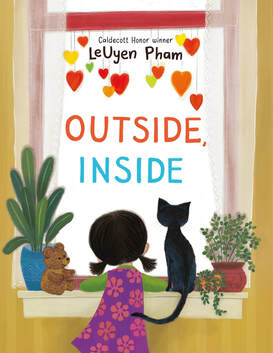

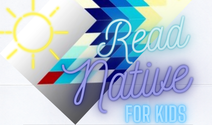
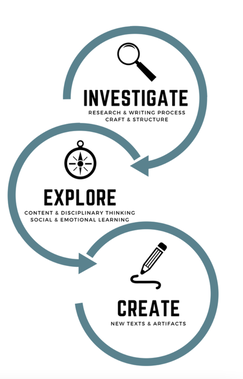

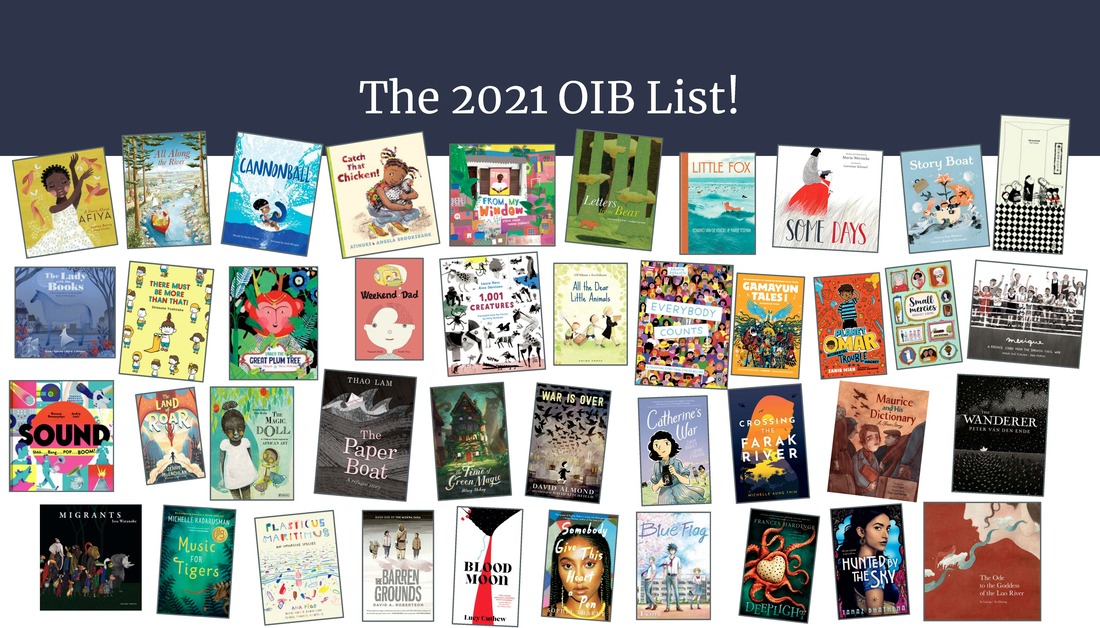
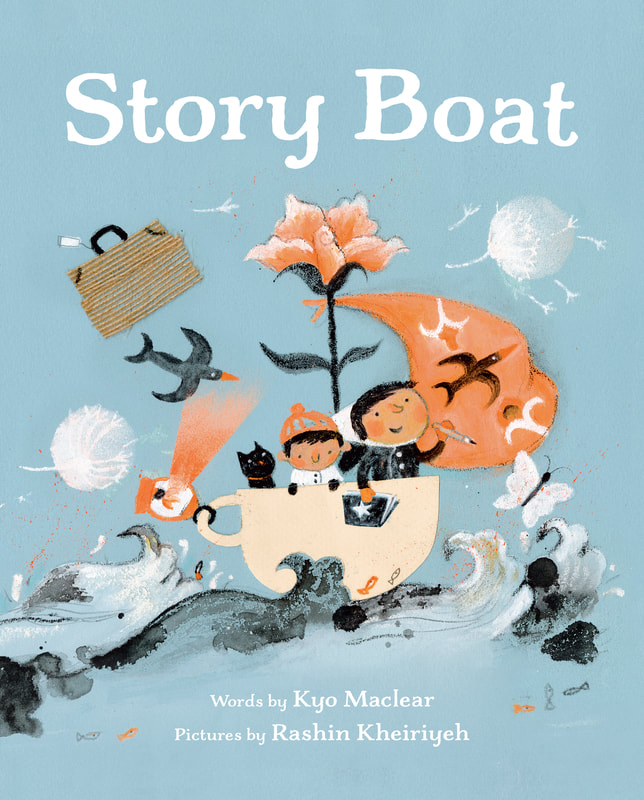
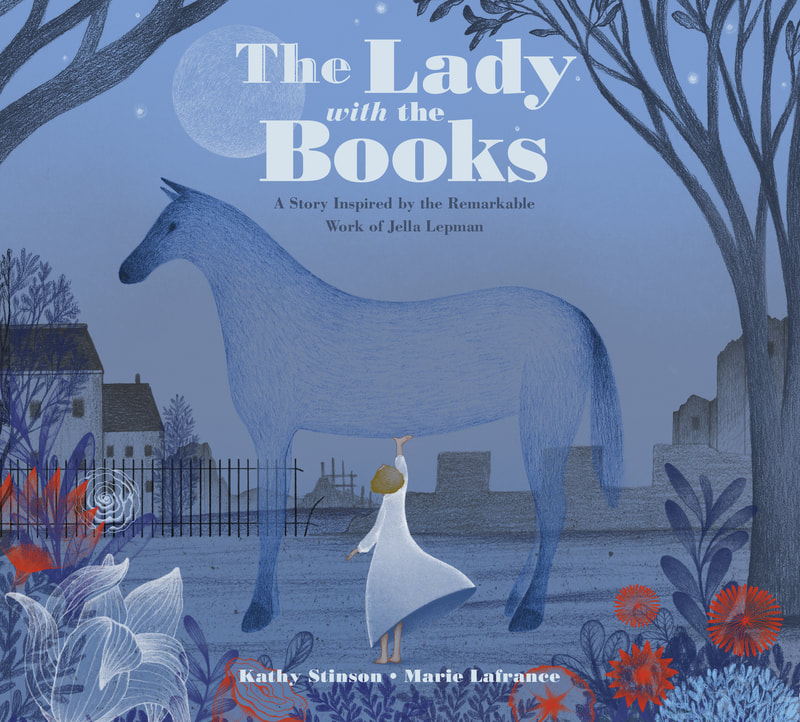
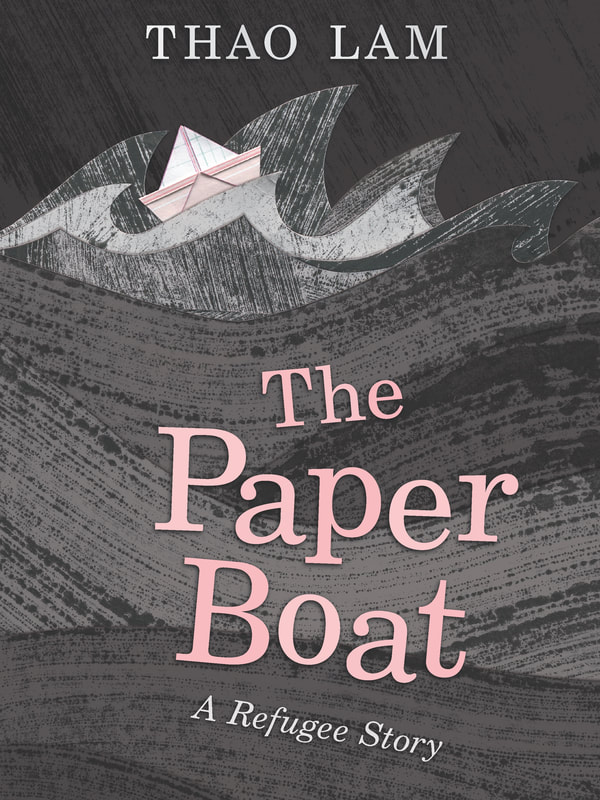
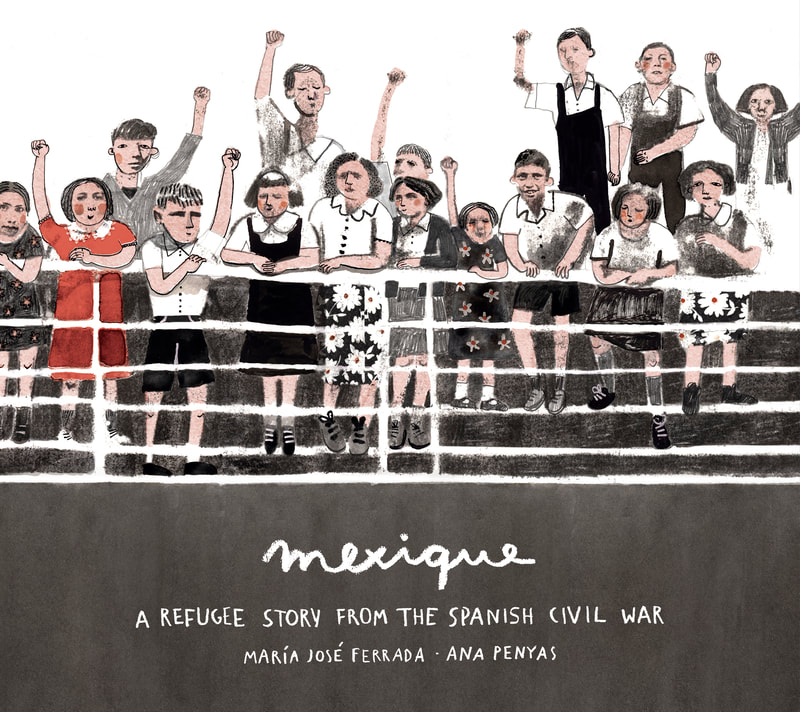
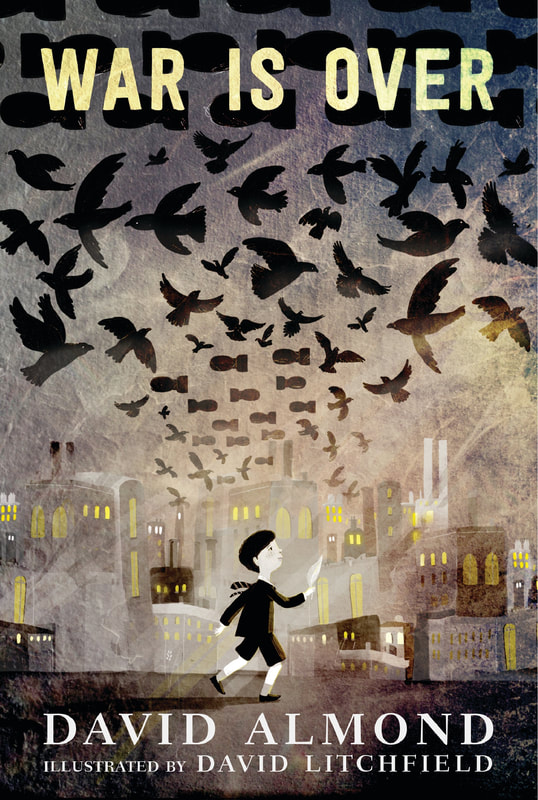
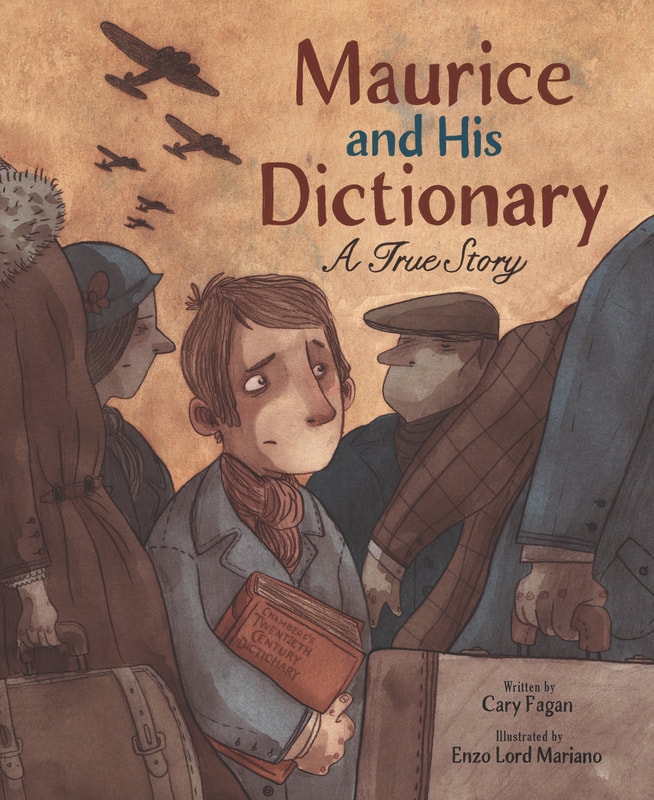
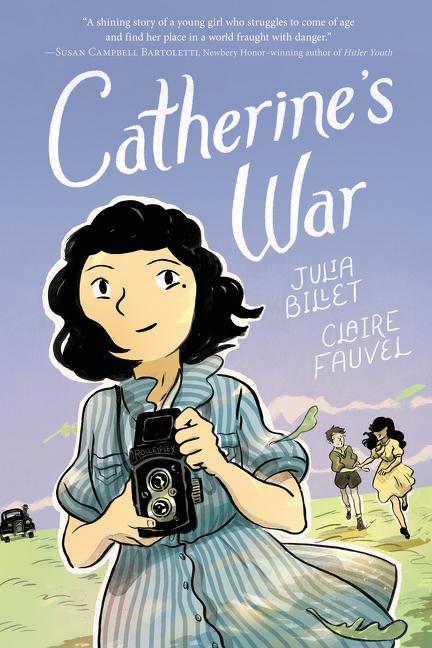
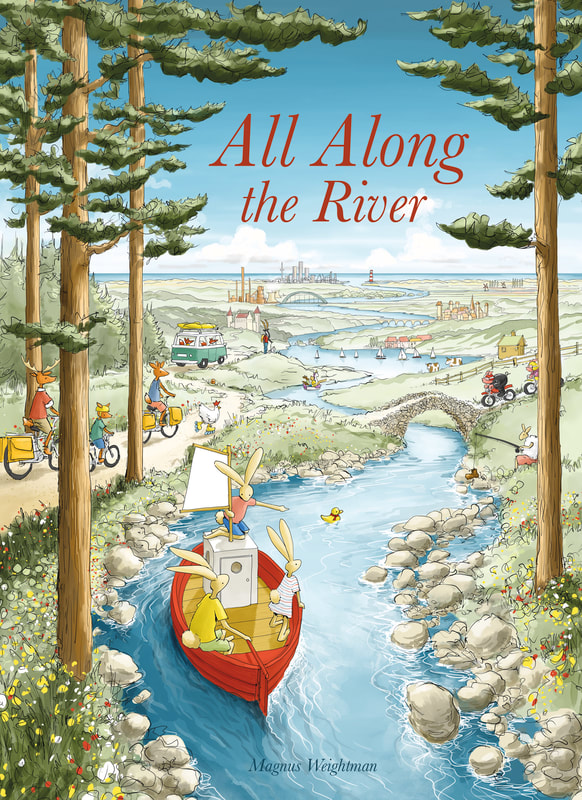
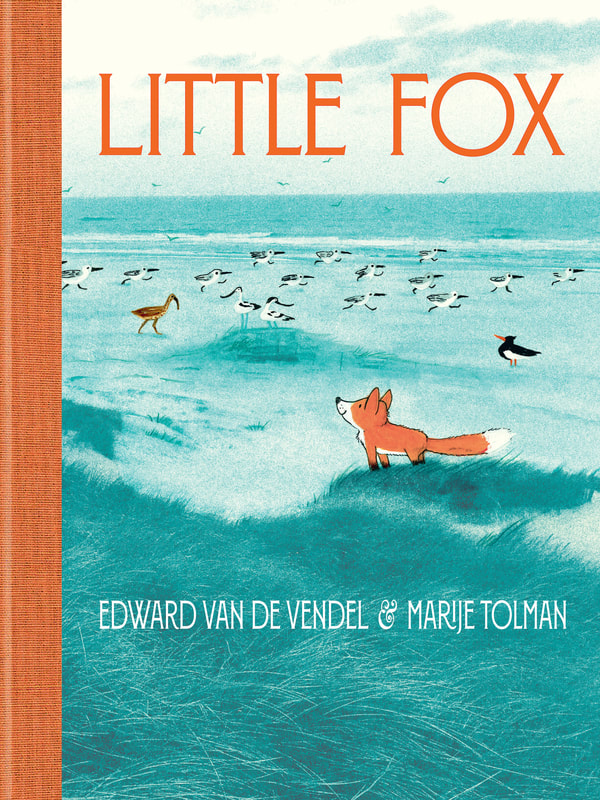
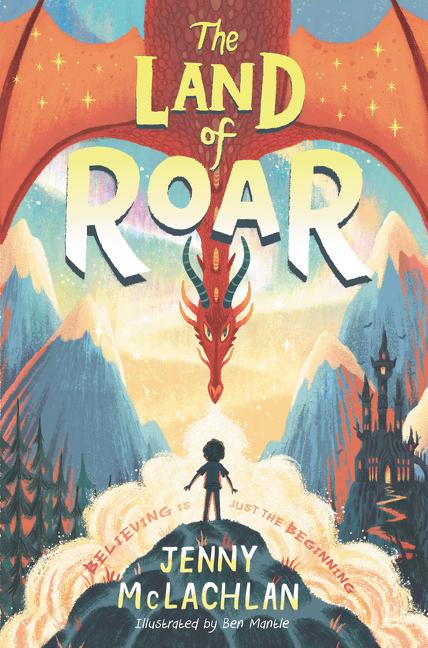
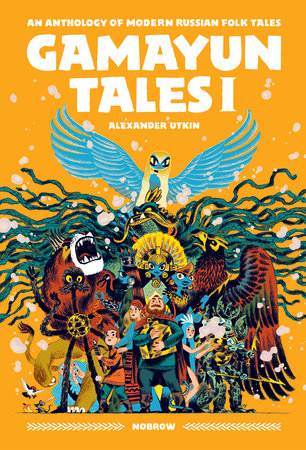
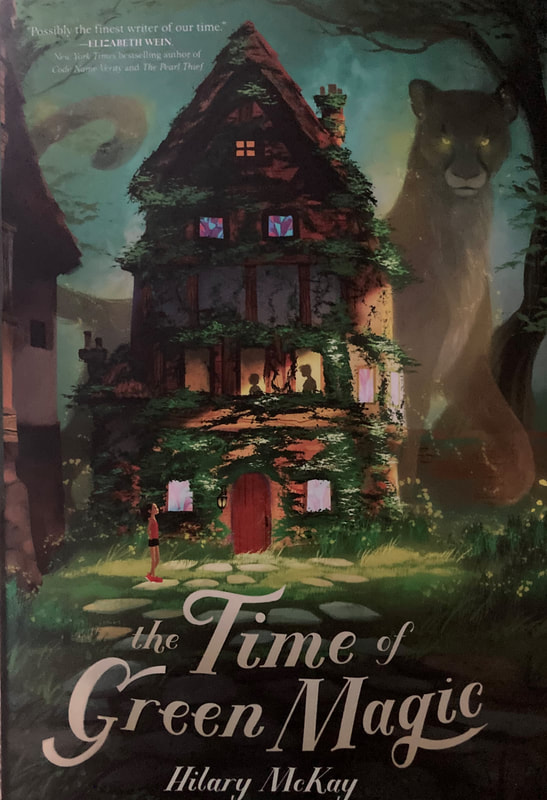
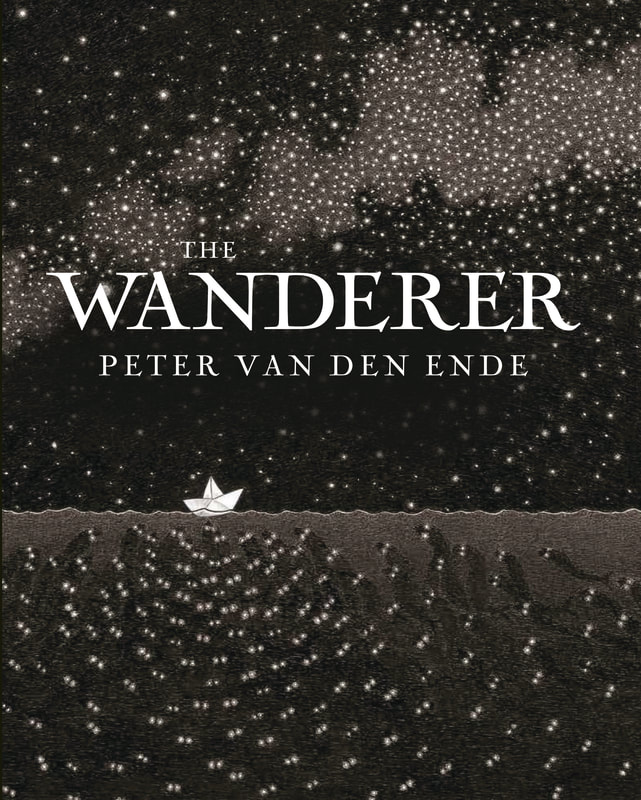
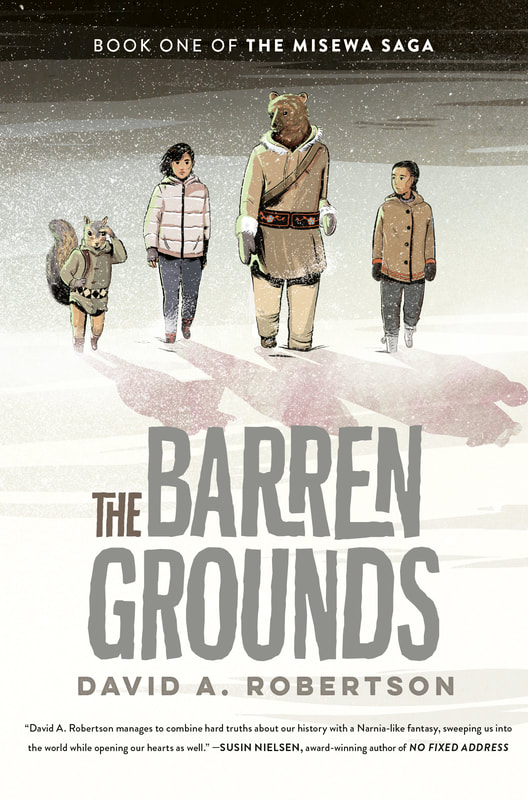
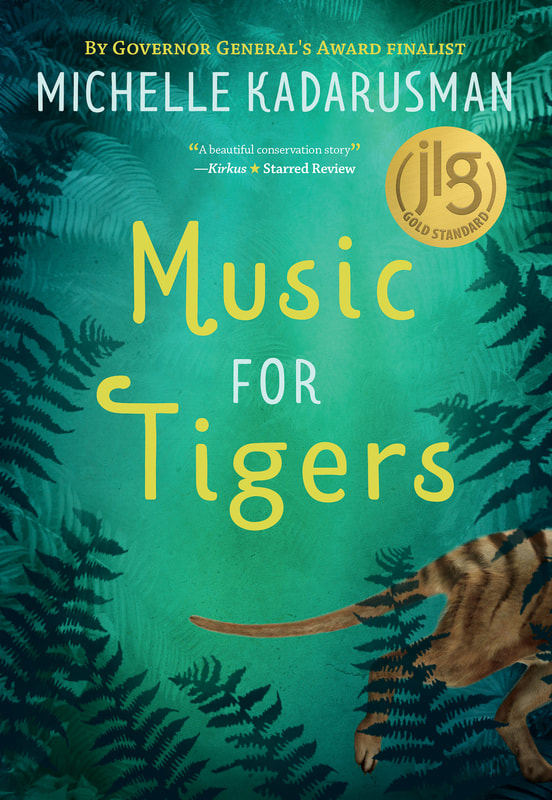
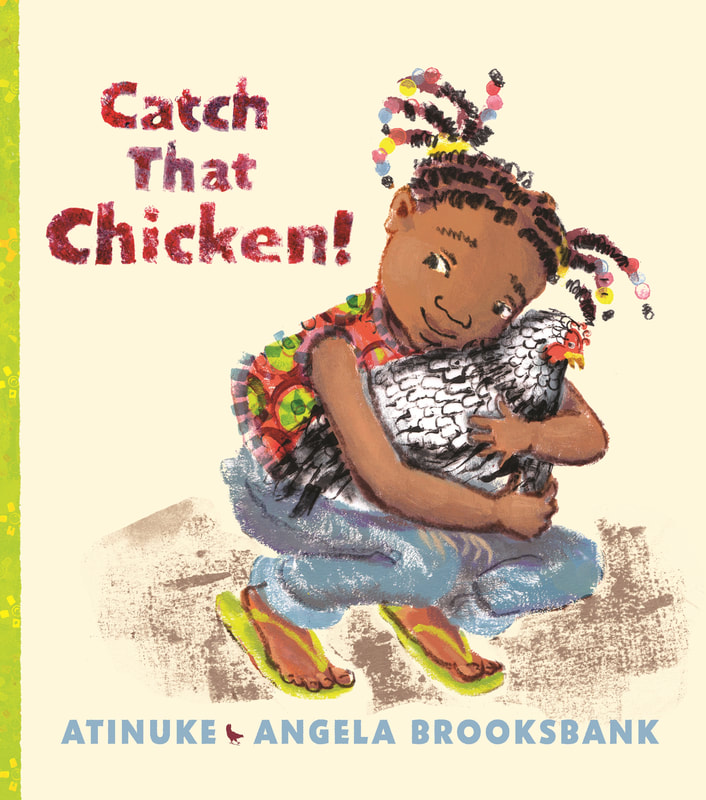
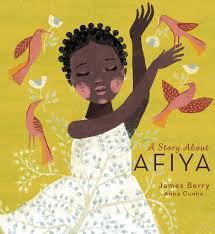
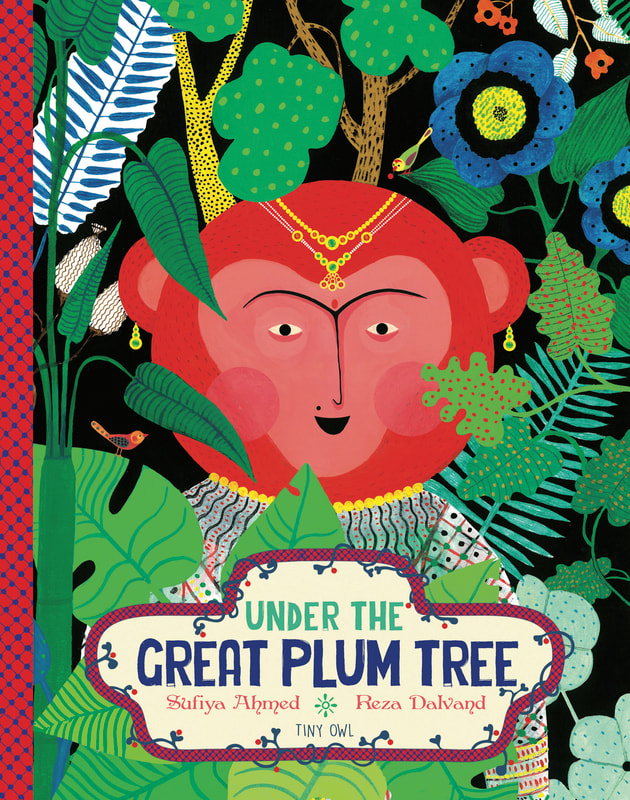
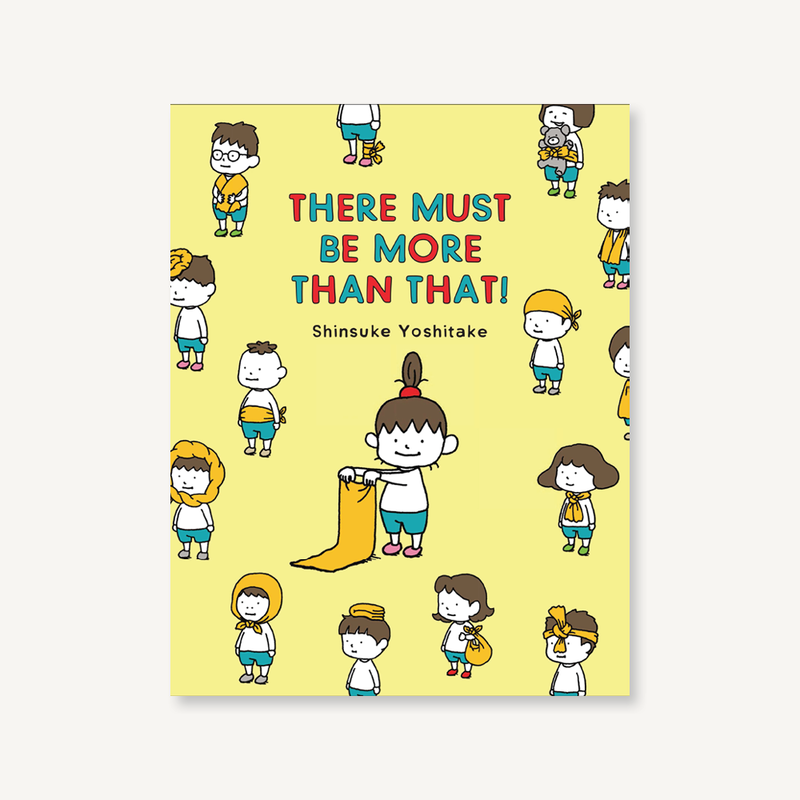
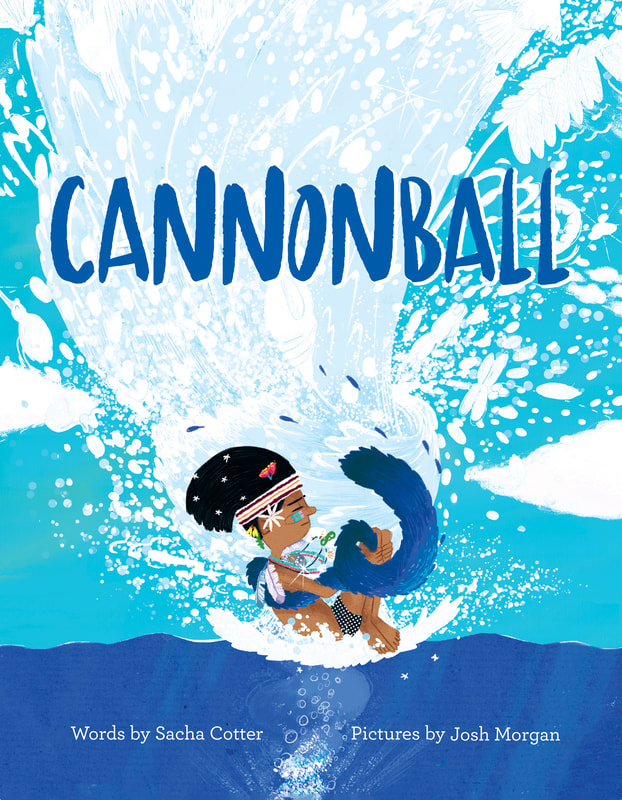
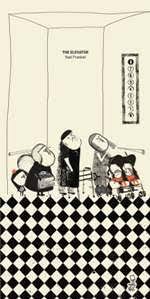
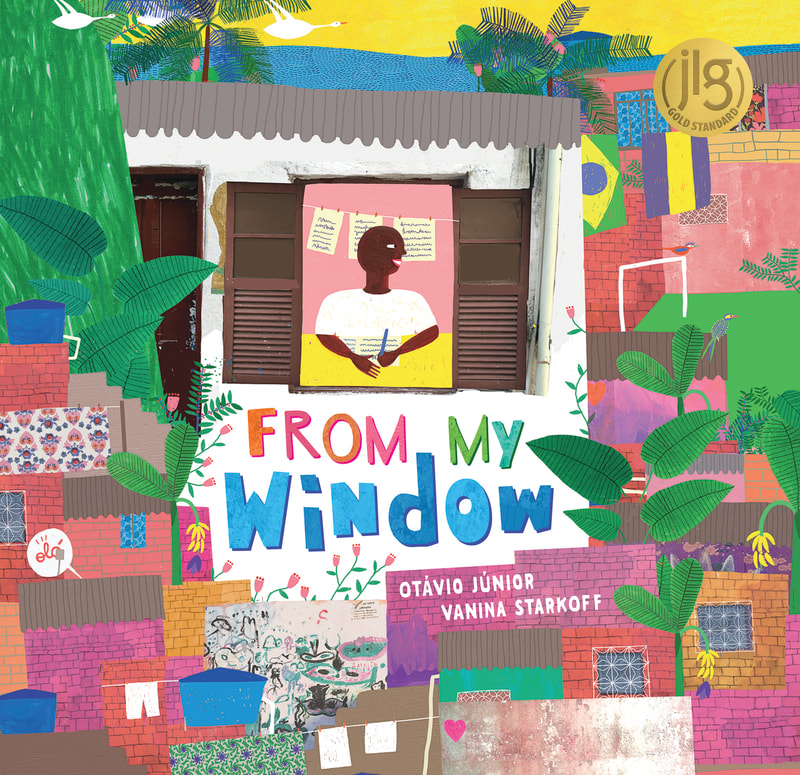
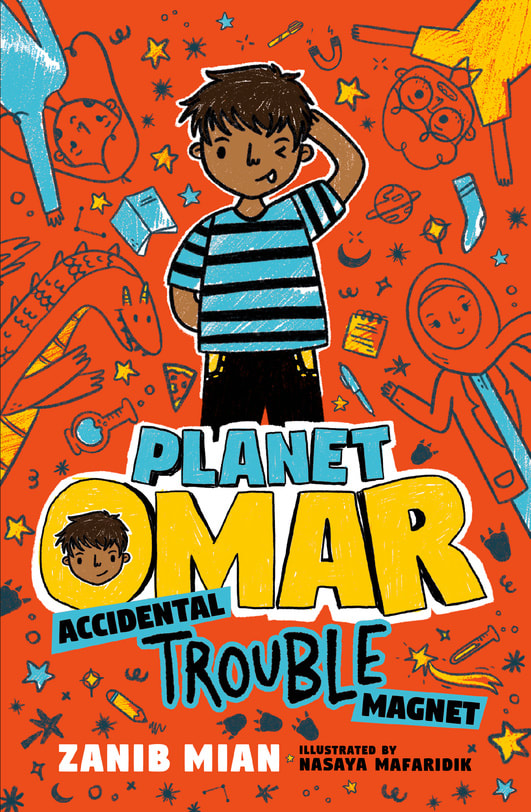
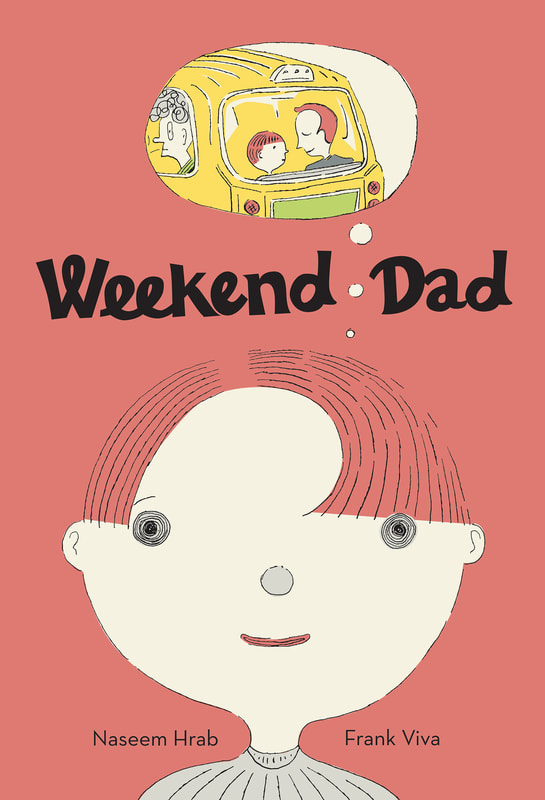
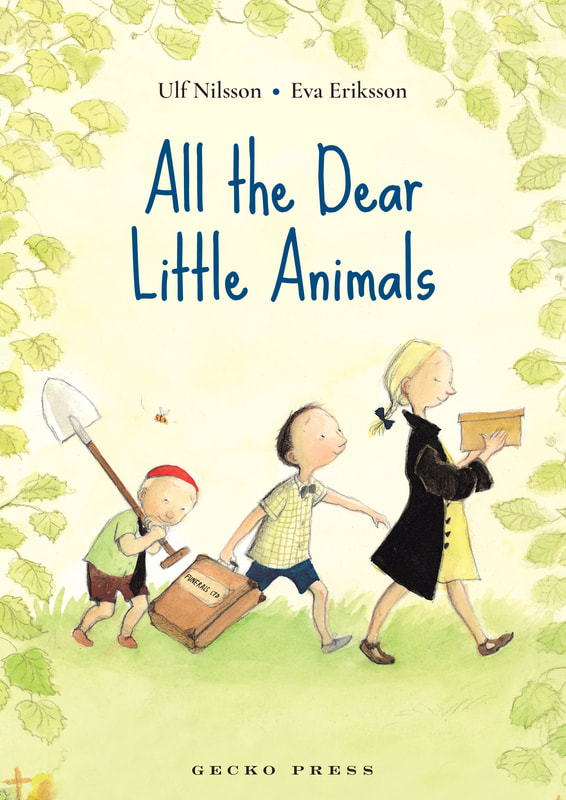
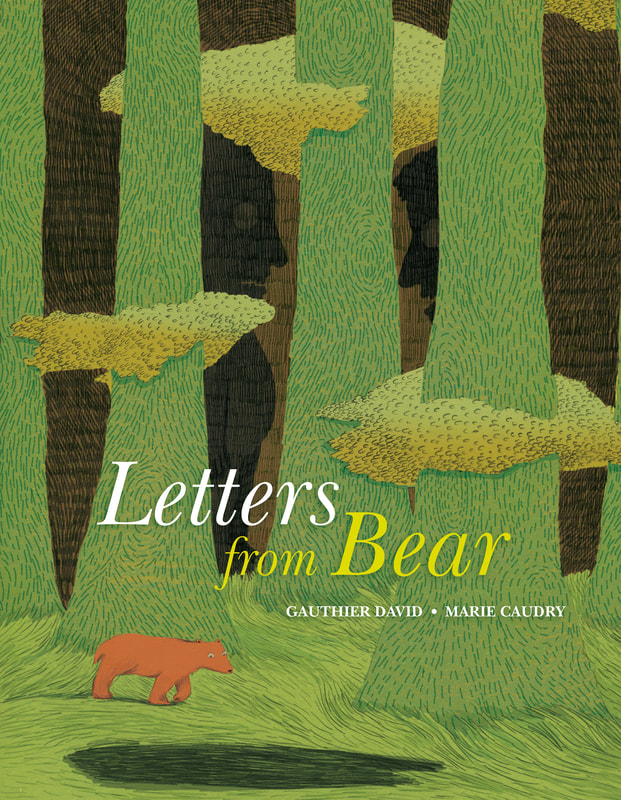
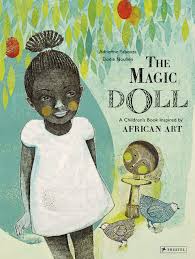
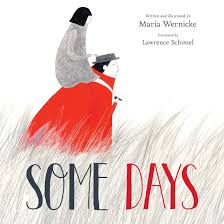
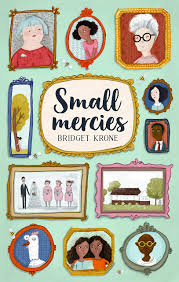
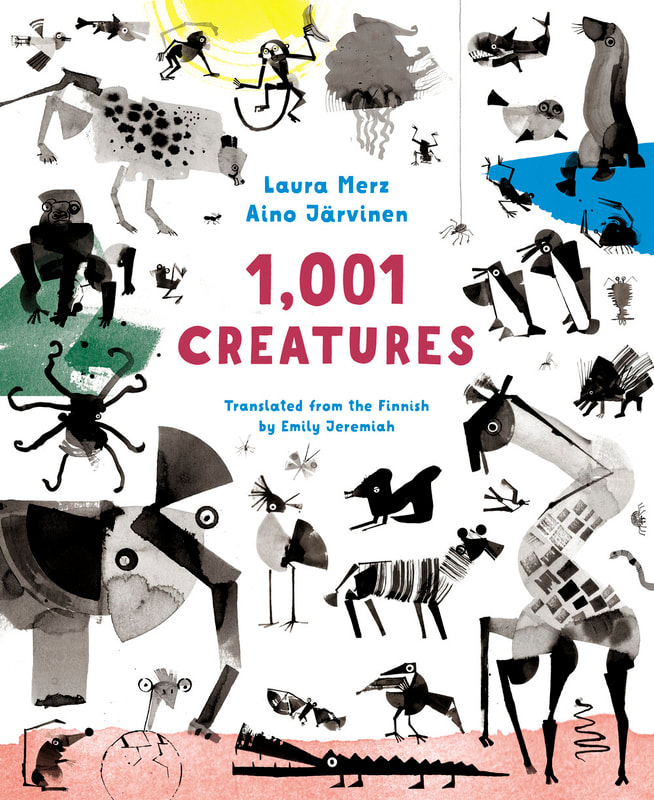
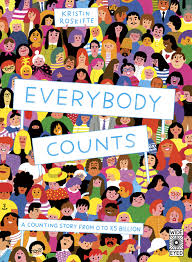
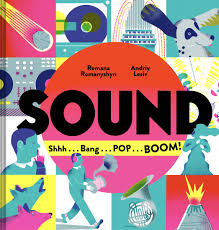
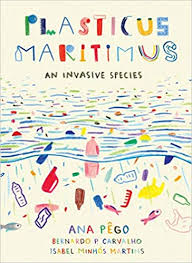
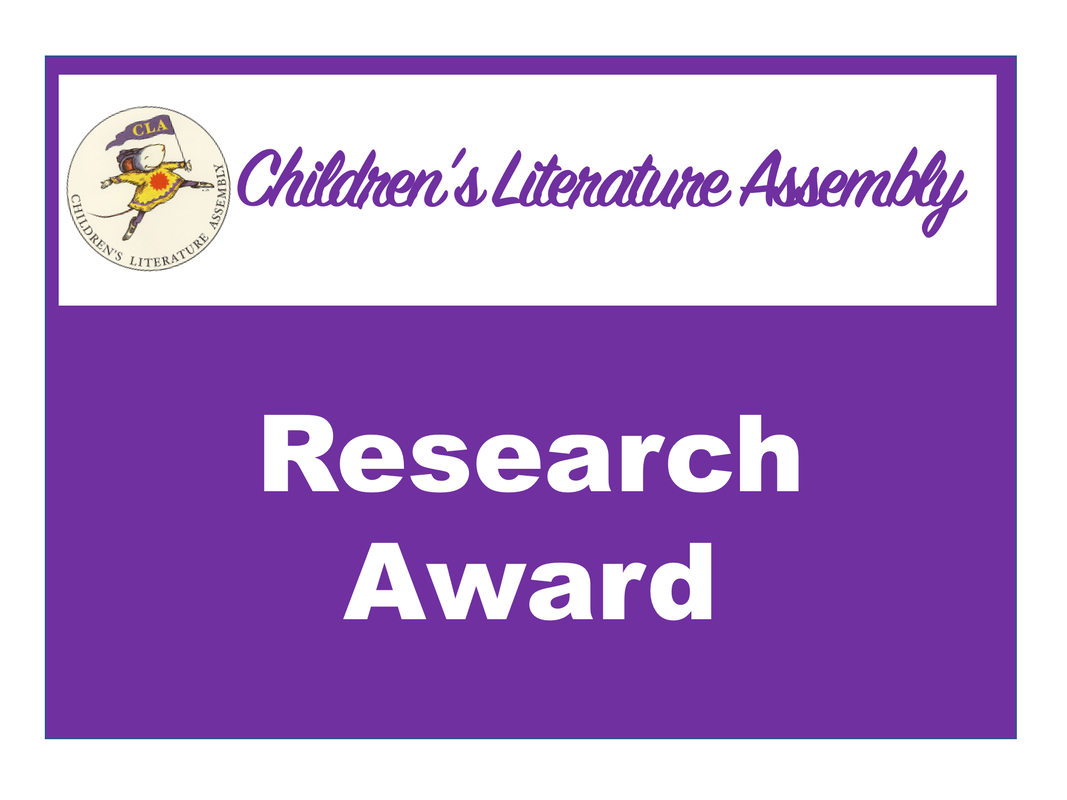
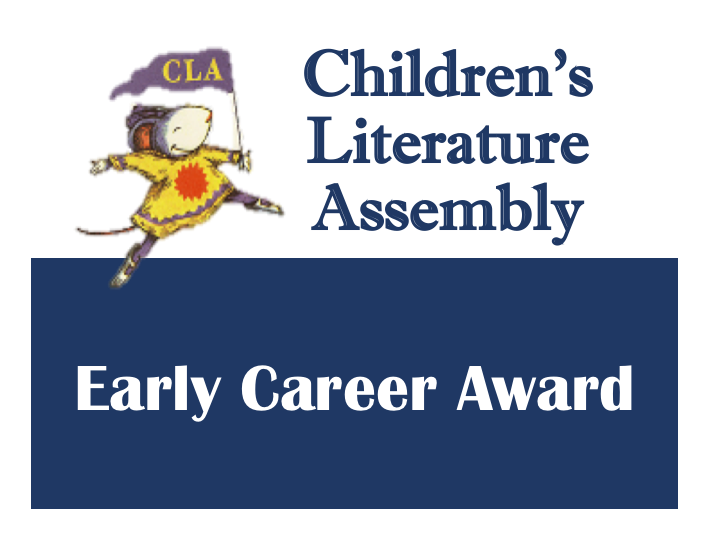
 RSS Feed
RSS Feed